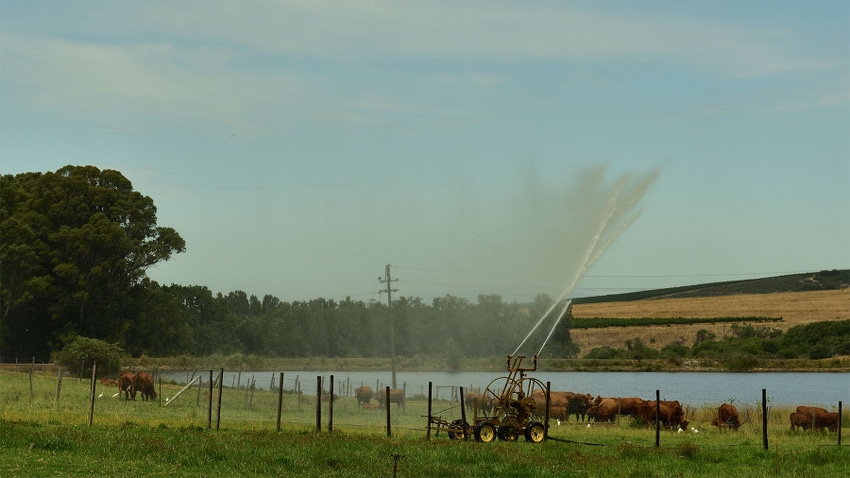July 24, 2023

by Wesley Tucker
Multiple years of drought are forcing cattle producers to sell off large chunks of their herd. Some have asked me if this will be a double whammy for farmers — first with the emotional hit of being forced to sell the cows they love and taking another hit this winter with a higher income tax bill.
Don’t worry. There are provisions in the tax code to defer those added sales, and I will discuss that in a future article. But first, I want to challenge you to think about how you use this income to invest in the farm’s long-term efficiency.
Although income taxes can seem complicated and scary, they are essentially just income versus expenses. More cattle sales mean additional income.
So how do we turn those income streams into investments? Here are four ideas:
1. Forages. While we like to call ourselves cattlemen, the reality is we are grass farmers. Forage is the lifeblood of our operations. Environmental extremes have put immense pressure on our pasture and hayfields the past few years. To put it bluntly, they are suffering. Now is the time to invest in them.
Each of us needs to do a field-by-field assessment to identify what is needed for improvement:
Which fields need to be renovated?
Is extra fertilizer required?
Are weeds becoming a problem?
How about overseeding legumes?
Case-by-case evaluations identify strategic investments to help bring them back to life. Should we change the cool- and warm-season mix of the grazing platform? It may be time to renovate some already struggling pastures to warm-season forages, so we will be better prepared the next time drought rolls around.
2. Fence and water. If allowed, cows will spot-graze on forages they like and return to eat regrowth before adequate rest has occurred. Investments in additional fencing and watering sources create more flexibility in rotationally grazing and improve forage production and utilization.
In times like this, as input prices rise, the more valuable forage management becomes. A 10% improvement in utilization has never been worth more than it is today. Small improvements in our fence and water sources will pay big dividends this year and for many years to come.
3. Irrigation. While rarely thought of as an option for Midwest cattle producers, back-to-back years of drought have some producers considering irrigation for the first time. If there is access to large ponds or lakes or a nearby river, small investments in highly mobile irrigation systems can provide that extra boost to get high-value forages over the hump. It’s not for everybody, but in some instances, it can be very cost-effective.
4. Feeding equipment. Anyone that knows me well knows I’m not a fan of excess iron — items on the farm that rust. So please do not rush out to buy a new tractor just because your tax preparer says you need to buy something this year. But as I’ve helped producers evaluate alternative options to high-priced hay, I’ve come to realize it sometimes requires investments in infrastructure to utilize those alternatives.
For instance, someone who can feed silage has more options in crop country than those who can’t. A cattleman who has bulk feed storage can limit-feed their existing hay and supplement with grain cheaper than someone who buys feed in sacks.
Depending on your area, this may be the year to make strategic investments in feeding infrastructure. Evaluate cost versus return for bulk feed storage or handling equipment; a hay unroller so you can limit-feed only part of a bale; a new hay barn so you can store extra hay in good years; better-quality hay rings that reduce waste; and in some areas, even silage-handling equipment.
Plan your spending
These assessments are very operation specific. What works for one producer will not work for another. But now is the time to carefully consider where you can make strategic investments in your forages, fence or water, irrigation, feed storage and handling to make your farm less dependent on high-priced hay the next time it turns dry.
But please don’t just go buy something because your tax man tells you to. Make sure it’s a good investment in your future. If nothing on the list works for you, don’t worry. Thankfully, there are tax code provisions to defer income to future years.
Tucker is a University of Missouri Extension ag business specialist and succession planner. He can be reached at [email protected] or 417-326-4916.
Read more about:
DroughtYou May Also Like




